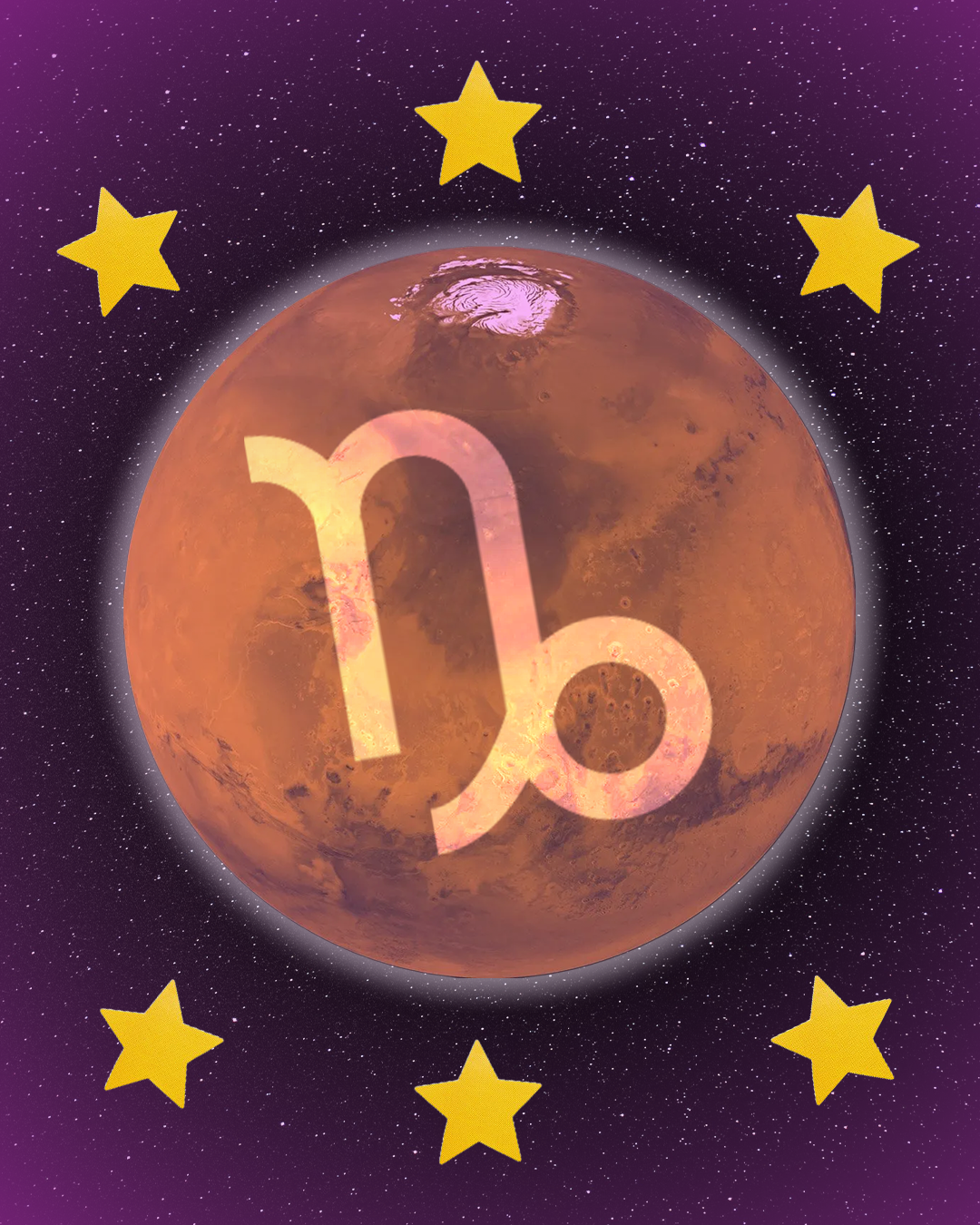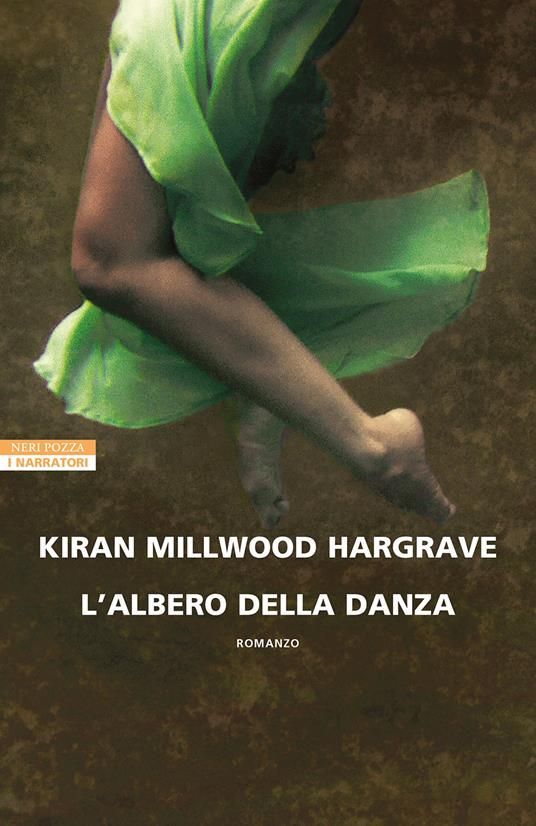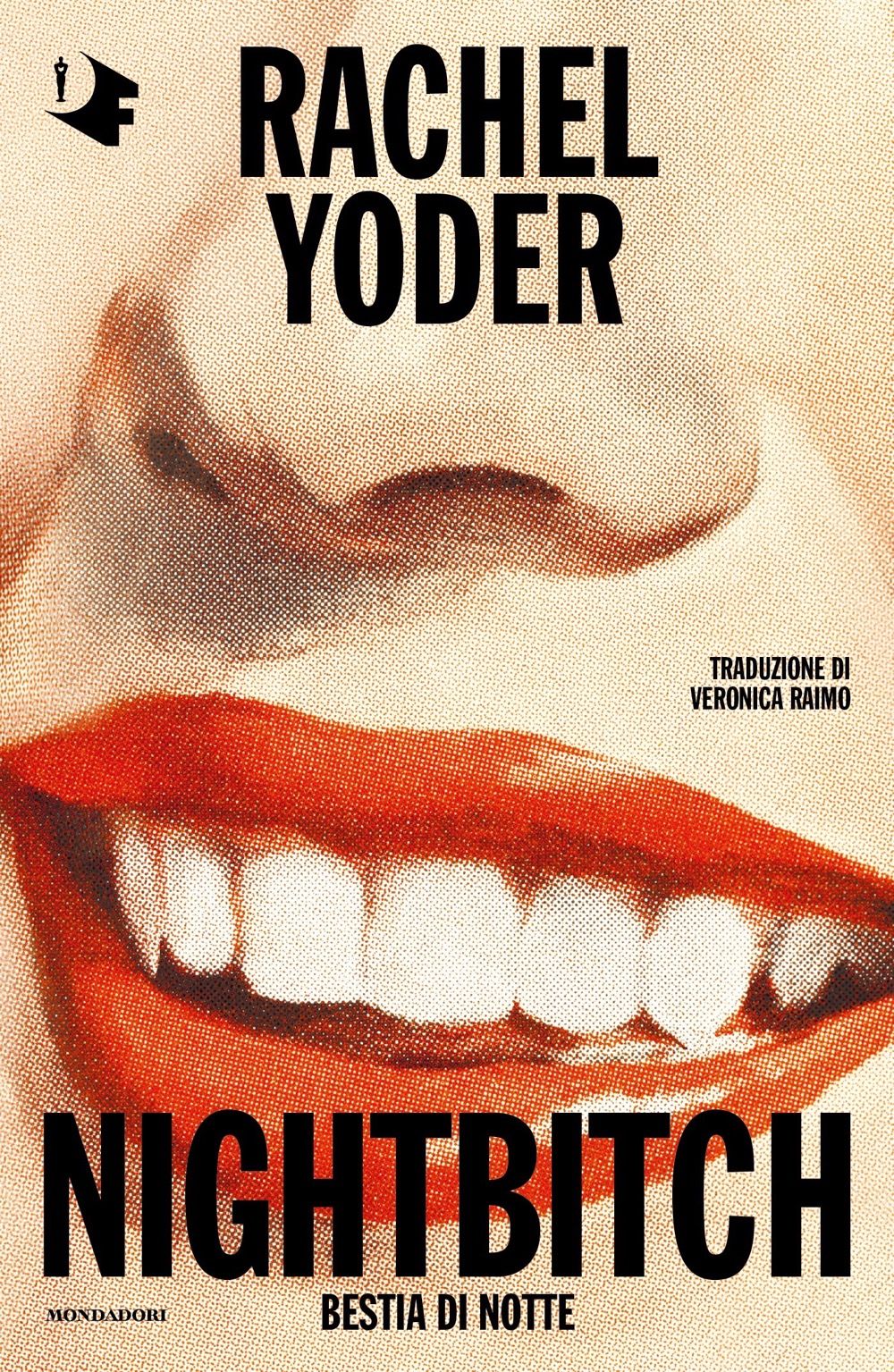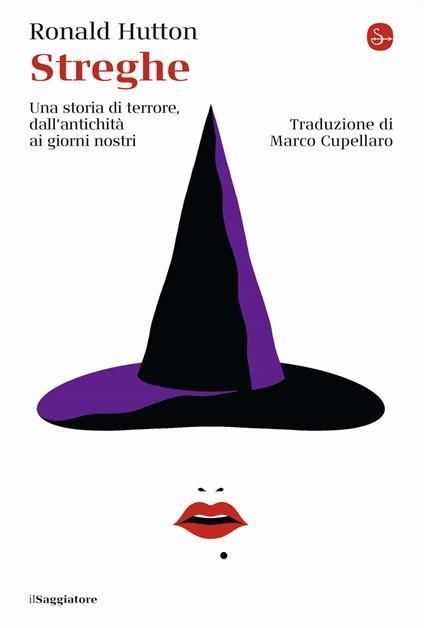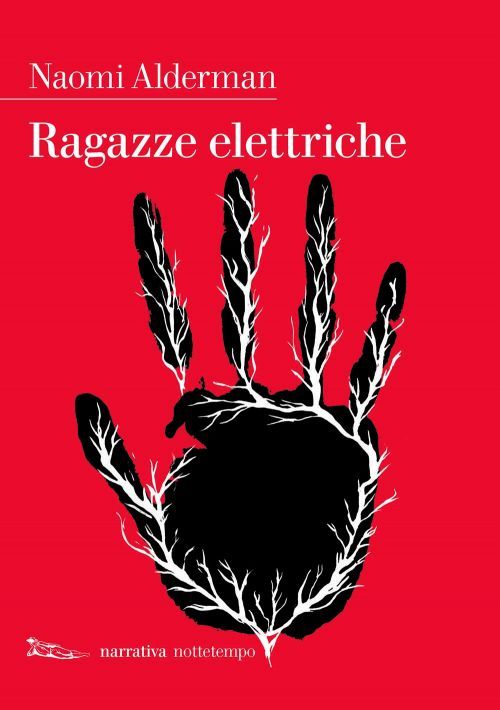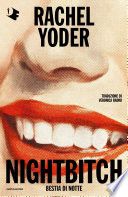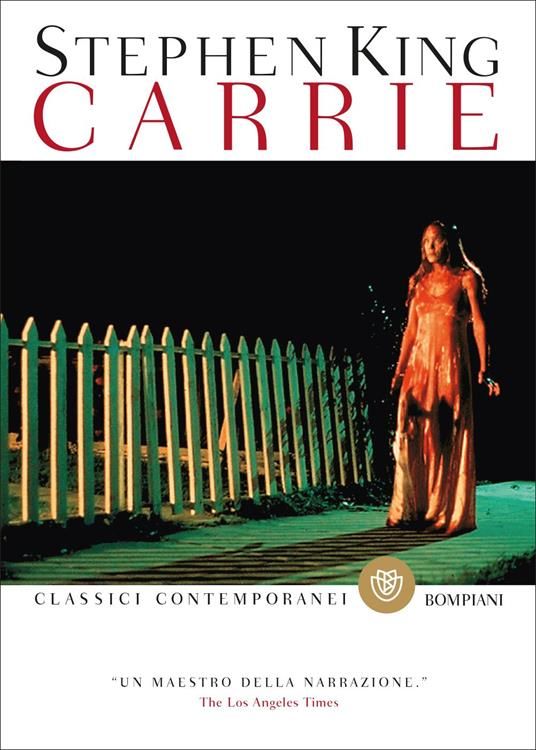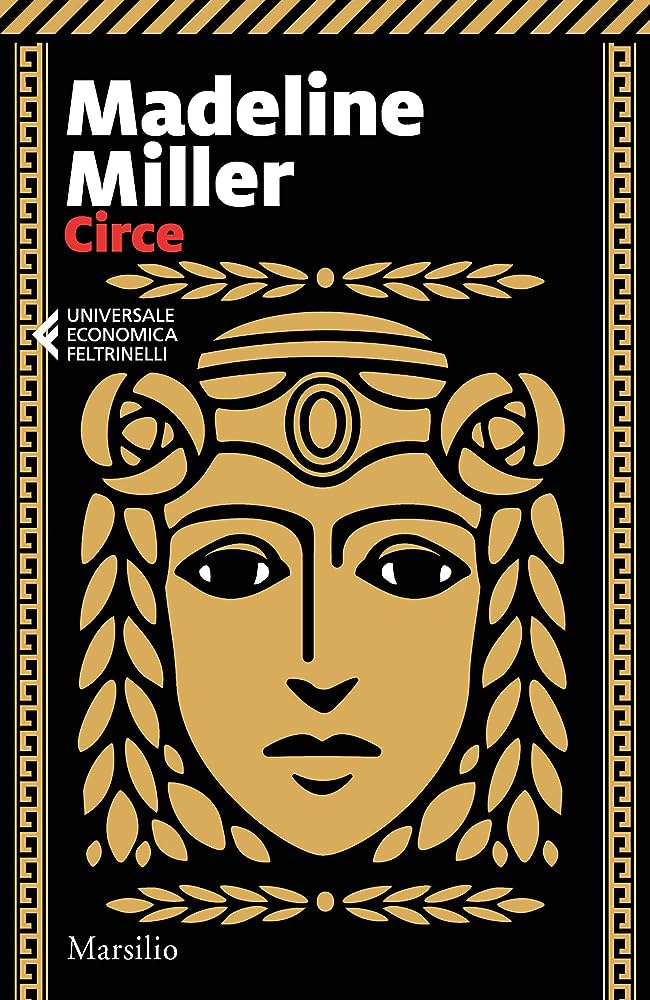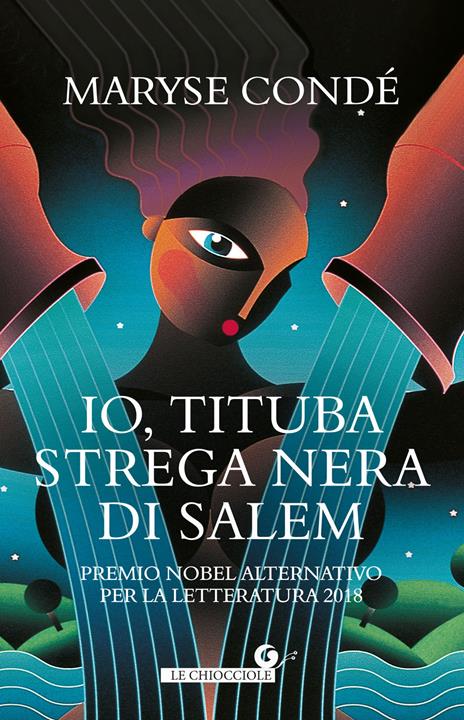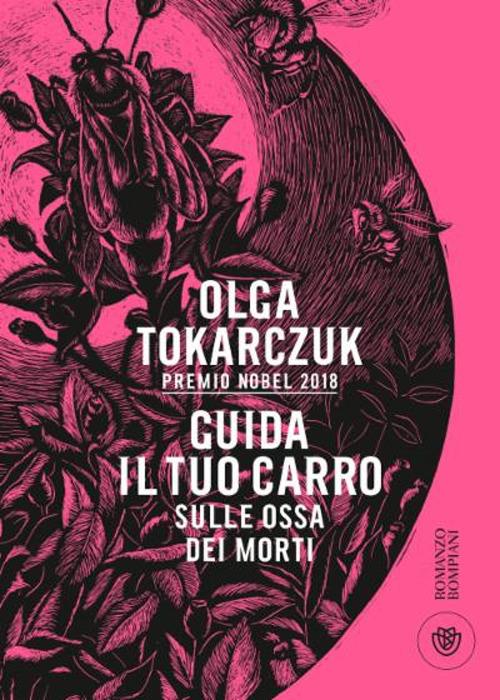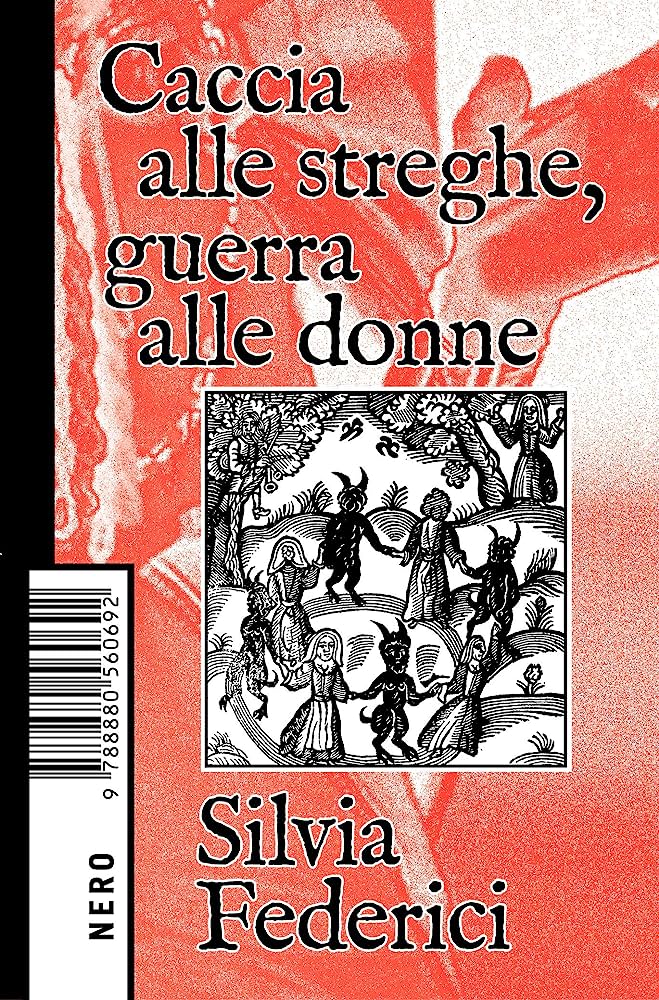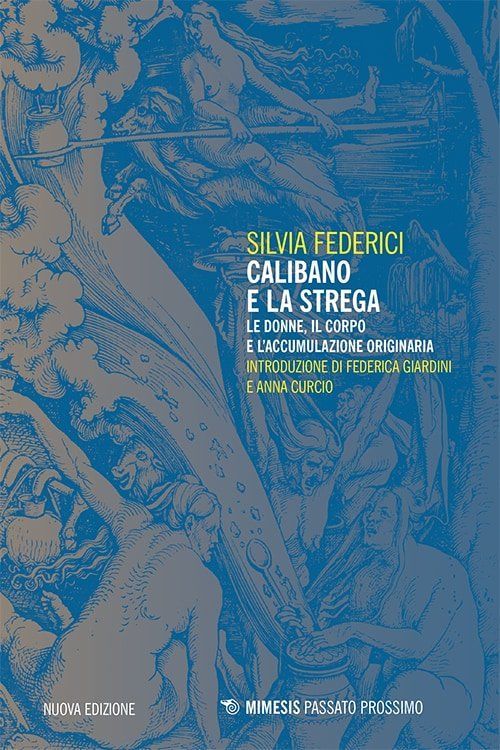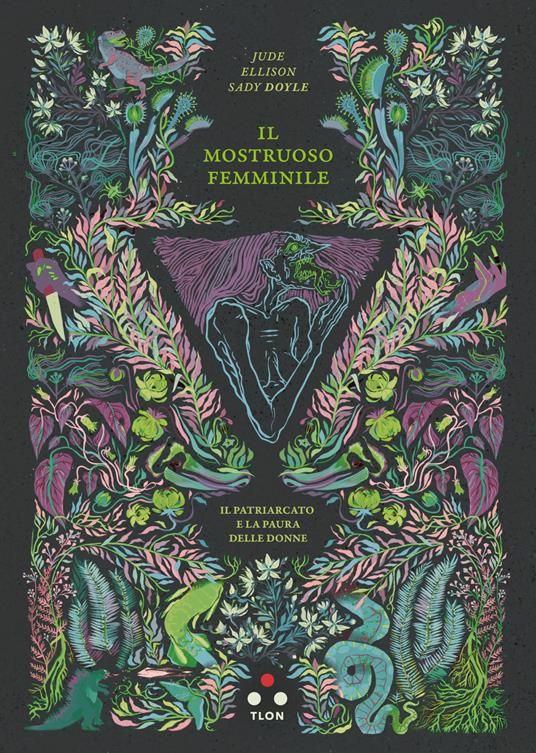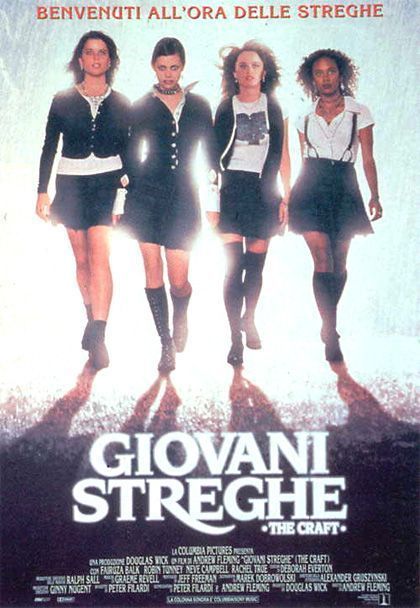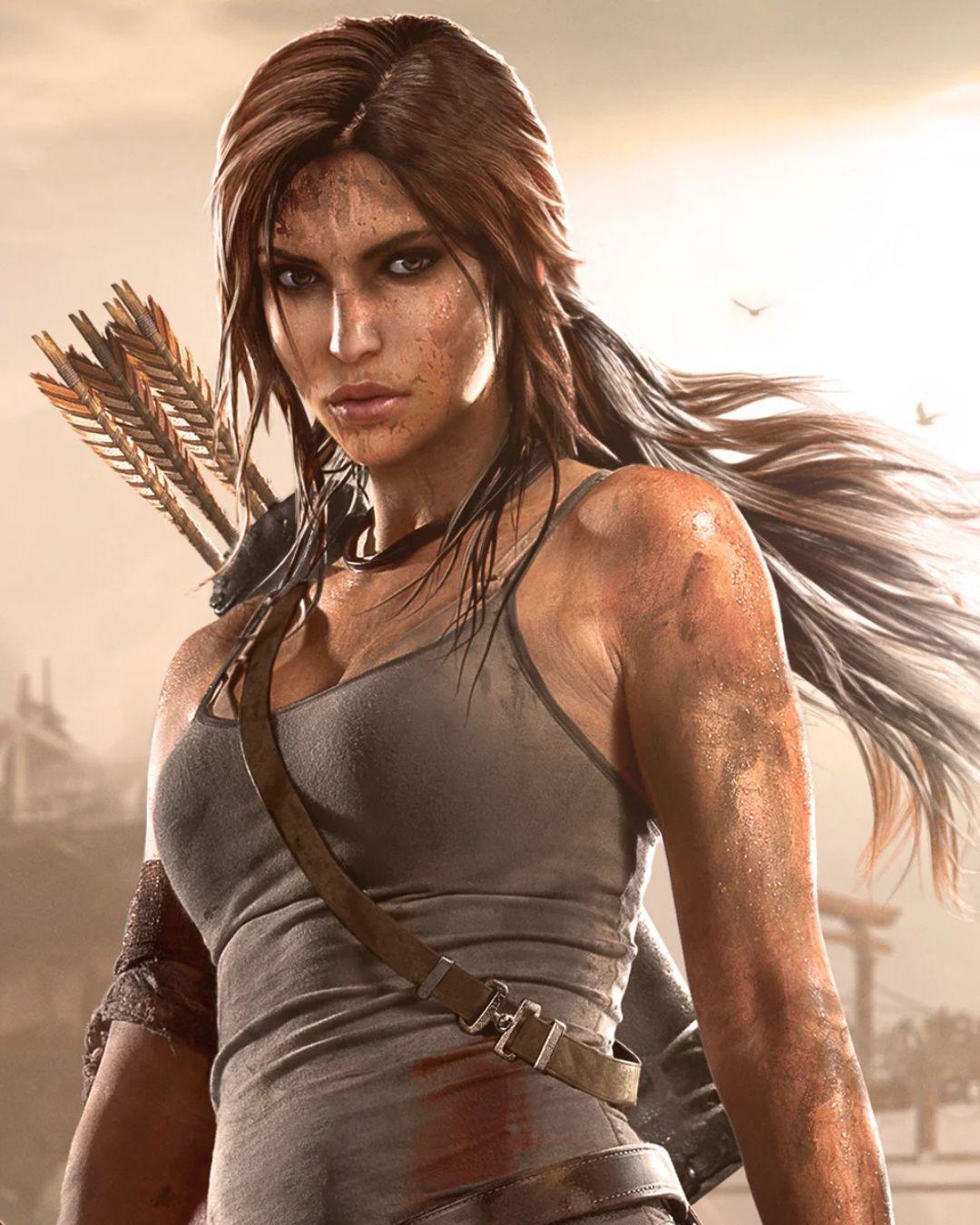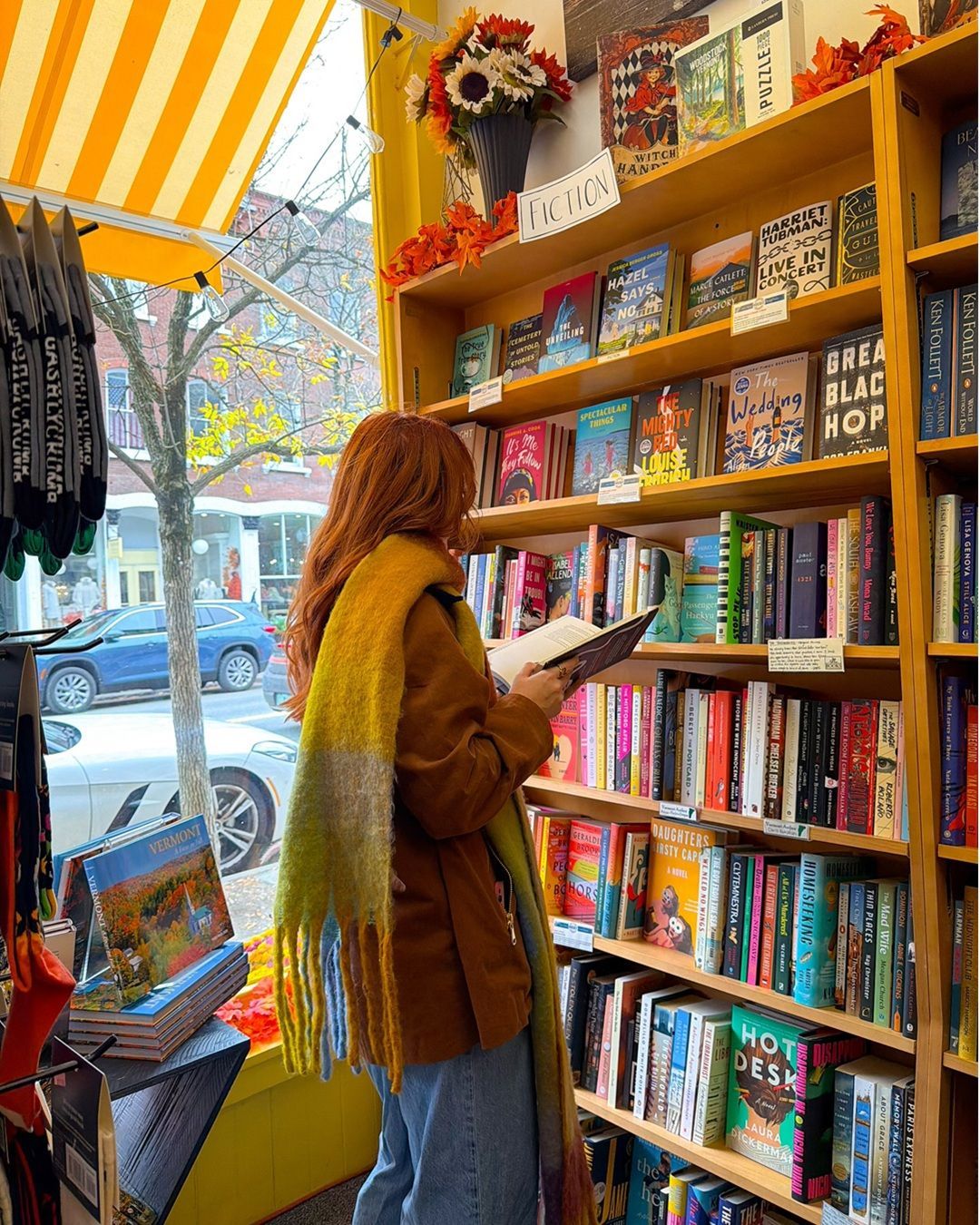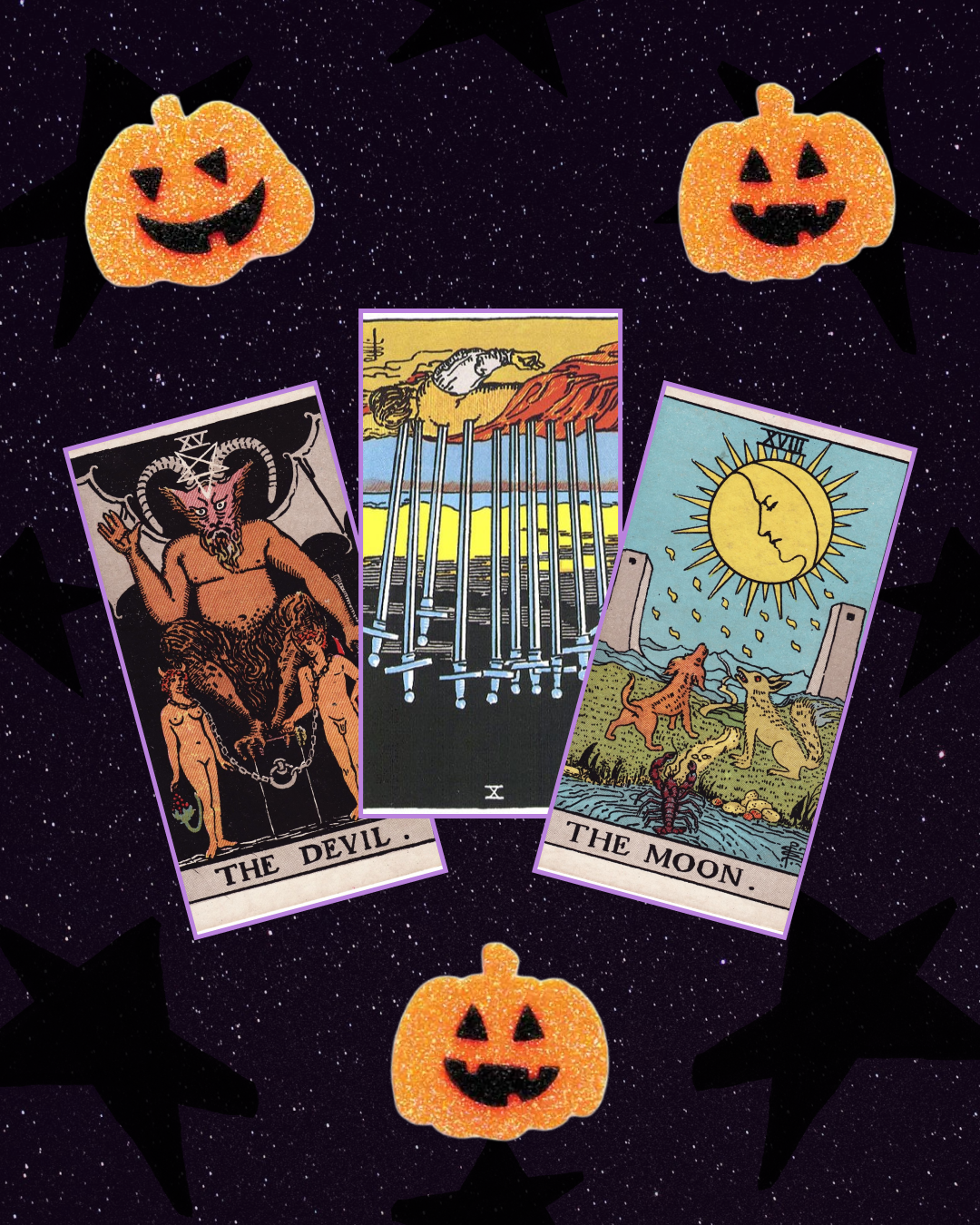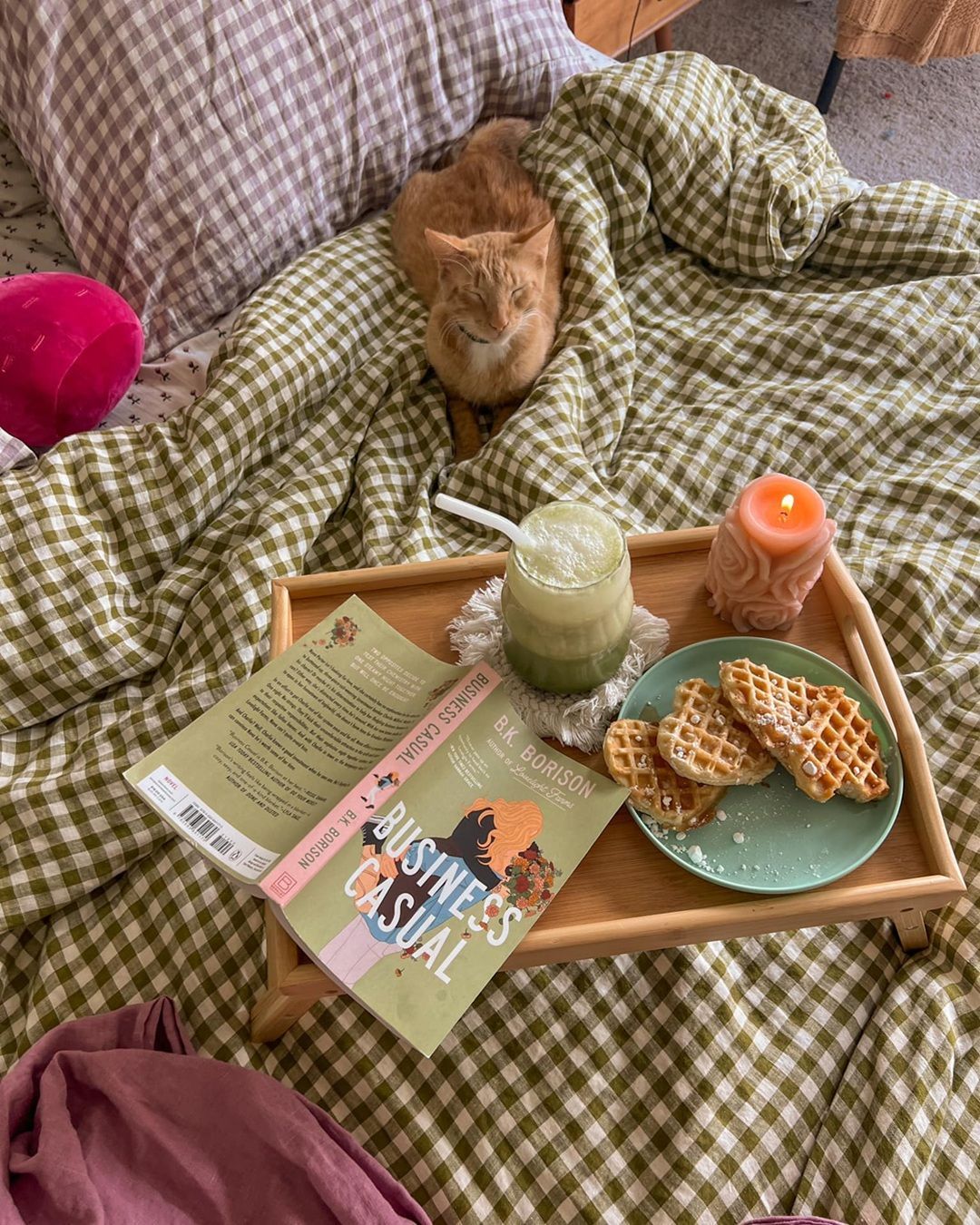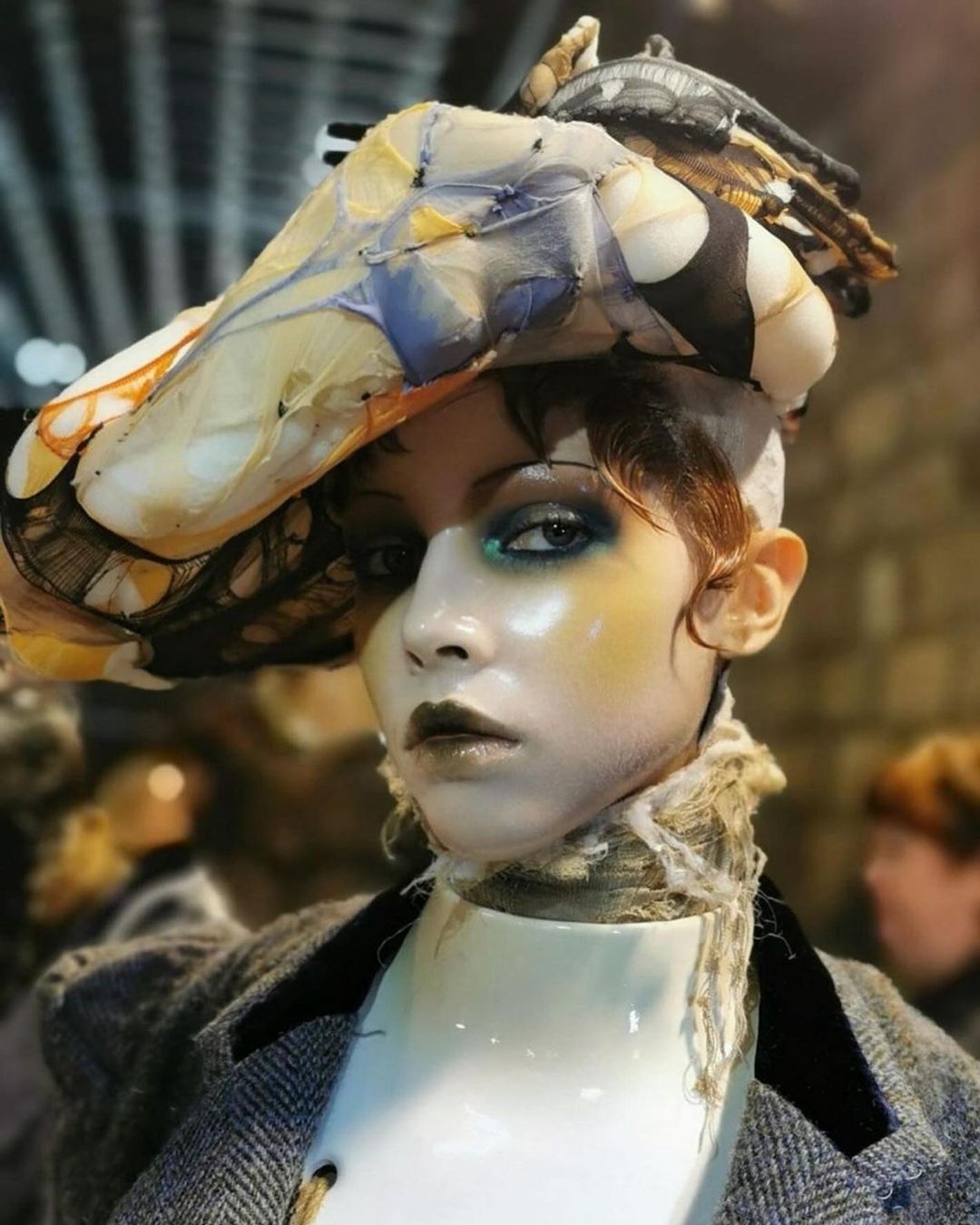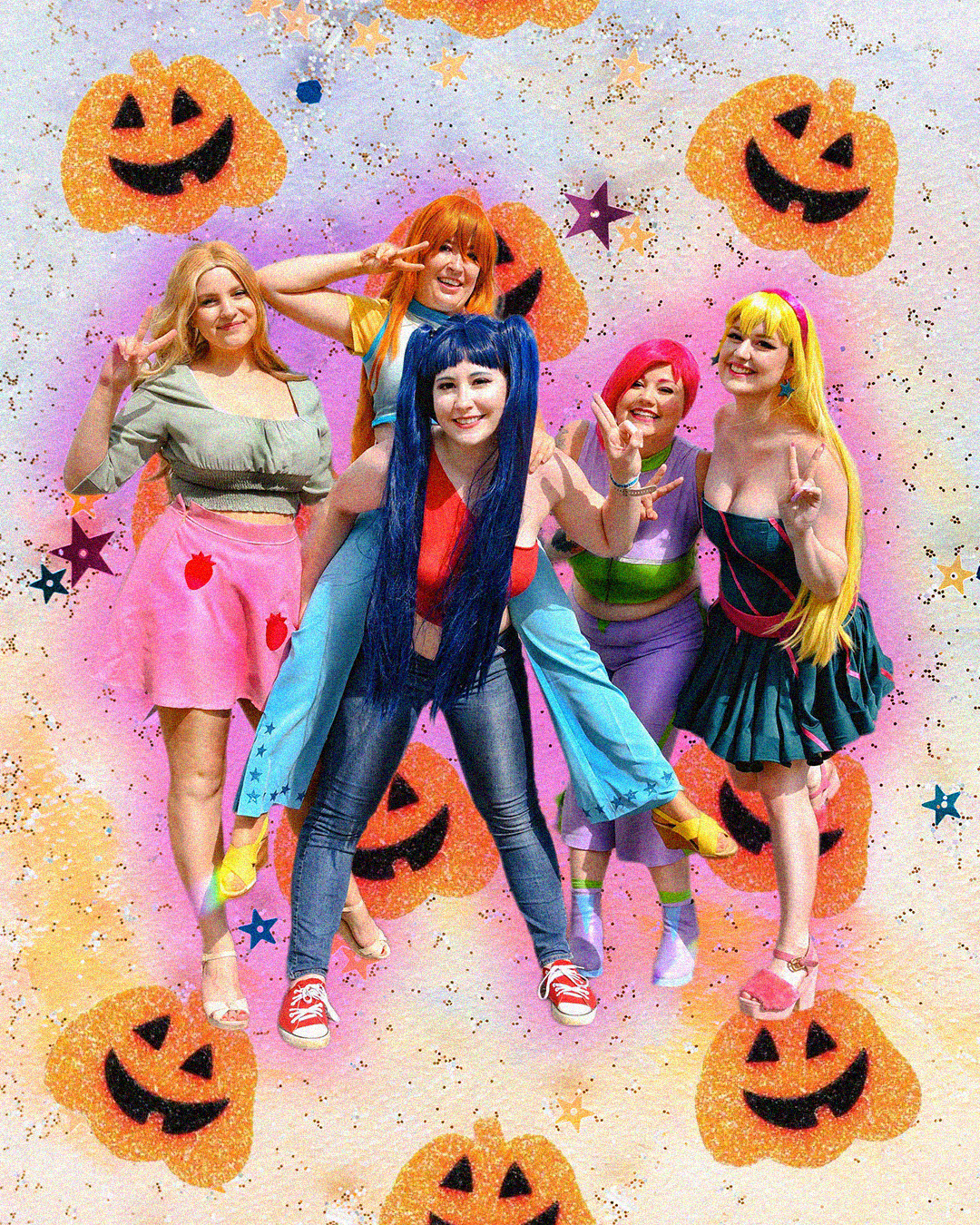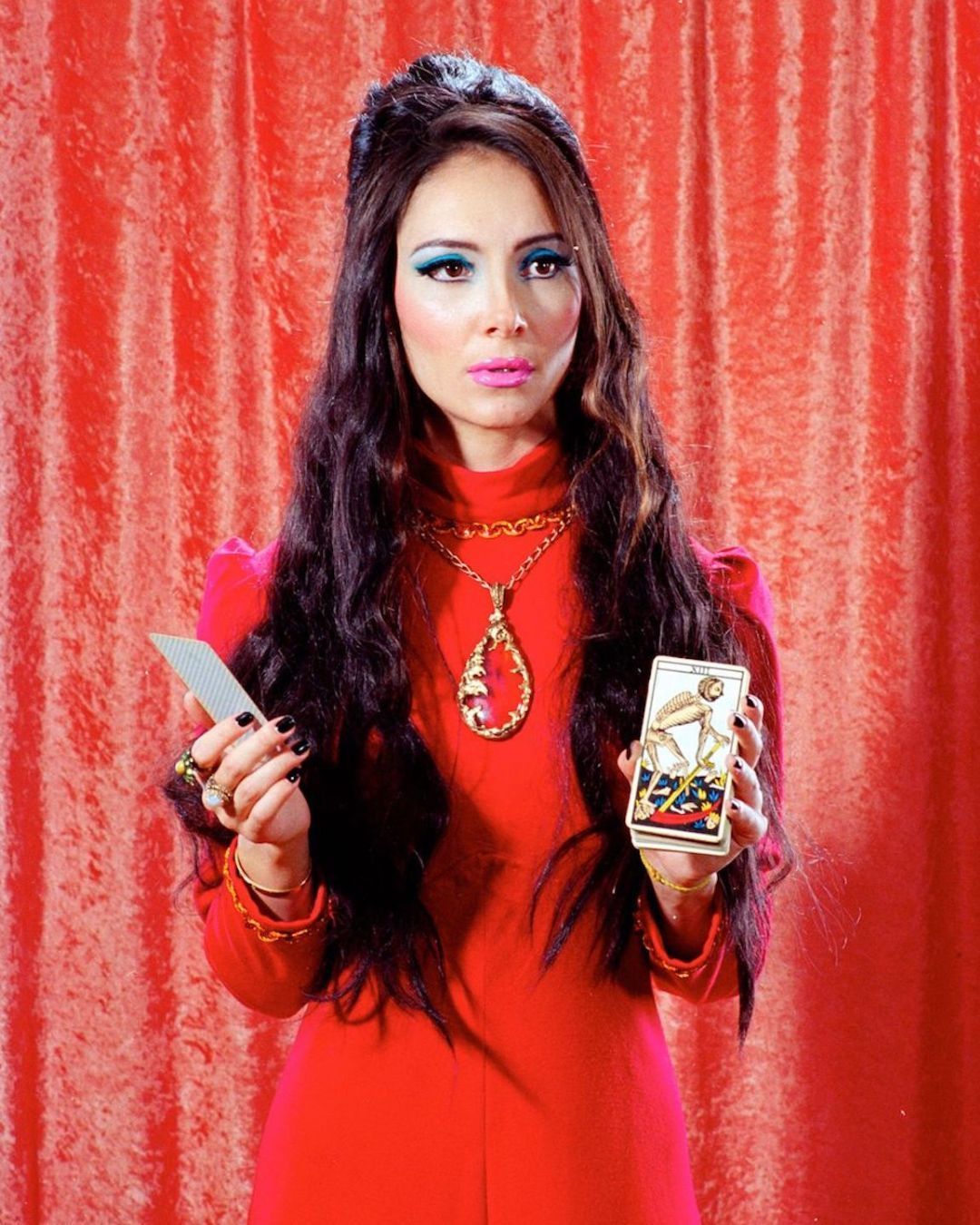
The perfect witch books for Halloween Witches, dark magic and feminism often go hand in hand
The term witchcraft encompasses a set of magical practices and rituals aimed at influencing people or things, either positively or negatively. Historically, witchcraft has been closely associated, if not exclusively, with women. They are seen as bearers of a dark magic with the power to influence and change the world, which is why they are both feared and persecuted. It's a matter of power, whether magical or not: those who possess it prefer not to have it taken away, and in a capitalist and patriarchal society, it's clear to everyone who is defending their interests. These social and political dynamics have been studied and explained by Silvia Federici in her book "Caliban and the Witch" (also available in its abridged version "Witches, Witch-Hunting, and Women") and by Ronald Hutton in the book "The Witch: A History of Fear from Ancient Times to the Present" which explores similarities and differences in this figure across different cultures.
The Figure of the Witch in Feminism
There have also been many movements by women to reclaim the term "witch." Jude Ellison Sady Doyle discusses this in her book "The Monstrous-Feminine" where she talks about how films like "The Craft" influenced the concept of magic in relation to acts of rebellion necessary for women to live in a healthier world. She also talks about the feminist collectives and cultural movements that have reappropriated this terminology. Mona Chollet also addresses this in her book "In defence of witches: why women are still on trial". These texts can serve as a good foundation for understanding how the figure of the witch has been used for years to spread fear of women, but also how it has become a symbol for feminist movements.
"The terror of women is perhaps the most important truth behind misogyny. After all, a cage has two purposes. The first is to confine, trap, prevent us from raiding their territory and seizing what they consider rightfully theirs, which if you are male, is easier to obtain: work, money, and respect. But the second purpose of a cage, the most interesting one, is to protect the surrounding world from what is locked inside: the cage exists to prevent women from getting out." - The Monstrous-Feminine, Jude Ellison Sady Doyle
Not only essays, but also novels. Here are our favorites.
Carrie - Stephen King (1974)
Carrie is an outcast teenager, targeted by her peers and oppressed by an overbearing mother. Within her, a desire to break free grows alongside a new and terrible power that she is not afraid to unleash. The consequences will be tragic. An excellent book to understand how marginalization can create anger and destructive forces.
I, Tituba: Black Witch of Salem - Maryse Condé (1986)
Starting from the Salem witch trials of 1692, Maryse Condé retraces the forgotten history of one of the women involved in the famous event. This woman is Tituba, a Caribbean slave accused of inciting women and girls of the town to witchcraft.
Drive Your Plow Over the Bones of the Dead - Olga Tokarczuk (2012)
The woman at the edge of the forest, the elderly outcast who plots revenge, wise and therefore incredibly fearsome. This is one of the most common representations of the witch, and it is by playing on this imagery that Olga Tokarcuzuk portrays her protagonist, an elderly woman who calculates the birth charts of all her fellow villagers. An ardent animal rights advocate who disparages the hunters in the area and harbors resentments.
The Power - Naomi Alderman (2017)
What would happen if one day women developed the ability to generate electric shocks? The world would likely be turned upside down, they would be the strong ones, the ones who could command. This book delves into this hypothesis, narrating a story of redemption and dominance.
Circe - Madeline Miller (2019)
She is one of the first witches introduced to us by epic narrative, and it's time to rewrite her story. Madeline Miller does this in this retelling of the sorceress Circe that presents her story from a feminist perspective and sheds new light on the famous character from the Odyssey.
The mercies - Kiran Millwood Hargrave (2020)
In 1617 in Norway, a storm decimates the male population of a small town. It will be left to the women to manage the community. It is in this occasion of forced emancipation that the first accusations of witchcraft emerge. The book portrays the delicate balance between independence and power.
The Dance of the Dandelion - Kiran Millwood Hargrave (2023)
In 1518, in Strasbourg, at the center of a square, a woman begins to move convulsively, as if she were dancing. Is it hunger that provokes this dance? Thirst, the rust in the bread, perhaps the devil? Soon, other women join the first dancing woman, hundreds of women of all ages exhausting themselves, not even stopping when they are at the end of their strength. By evoking this historically true event, the author takes the opportunity to speak about the often ungrateful fate that befalls women.
Nightbitch - Rachel Yoder (2023)
Yoder blends art, power, and femininity in a novel where the protagonist, after giving up her career to become a full-time mother, discovers a new, monstrous power within herself. She transforms into a creature of the night, determined to claim her place in the world.

